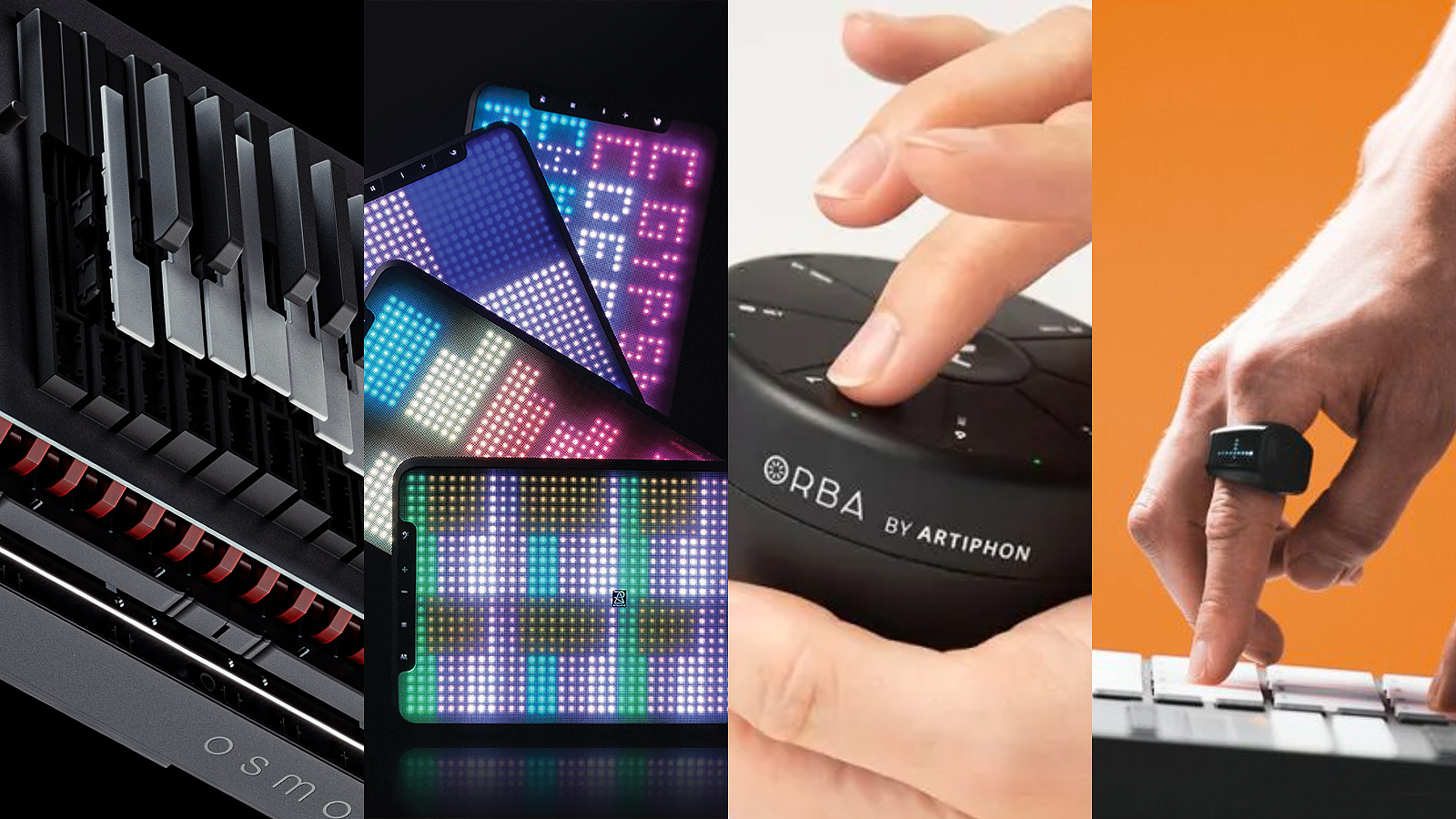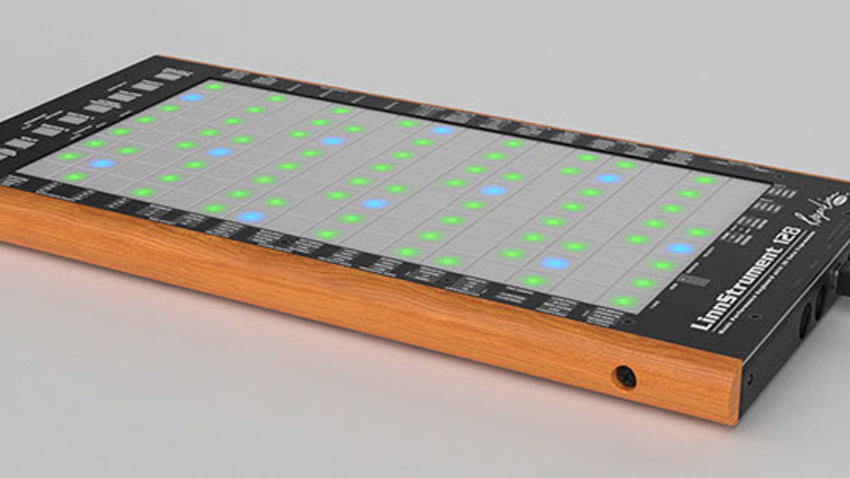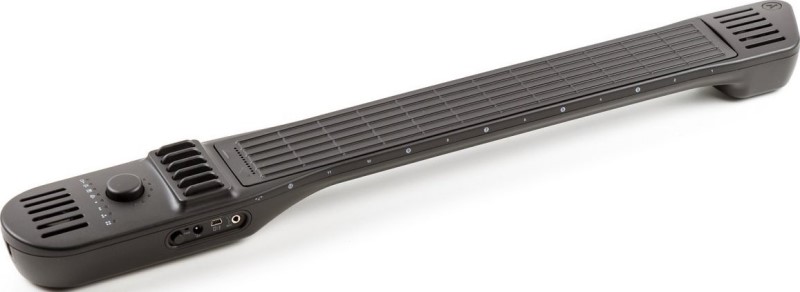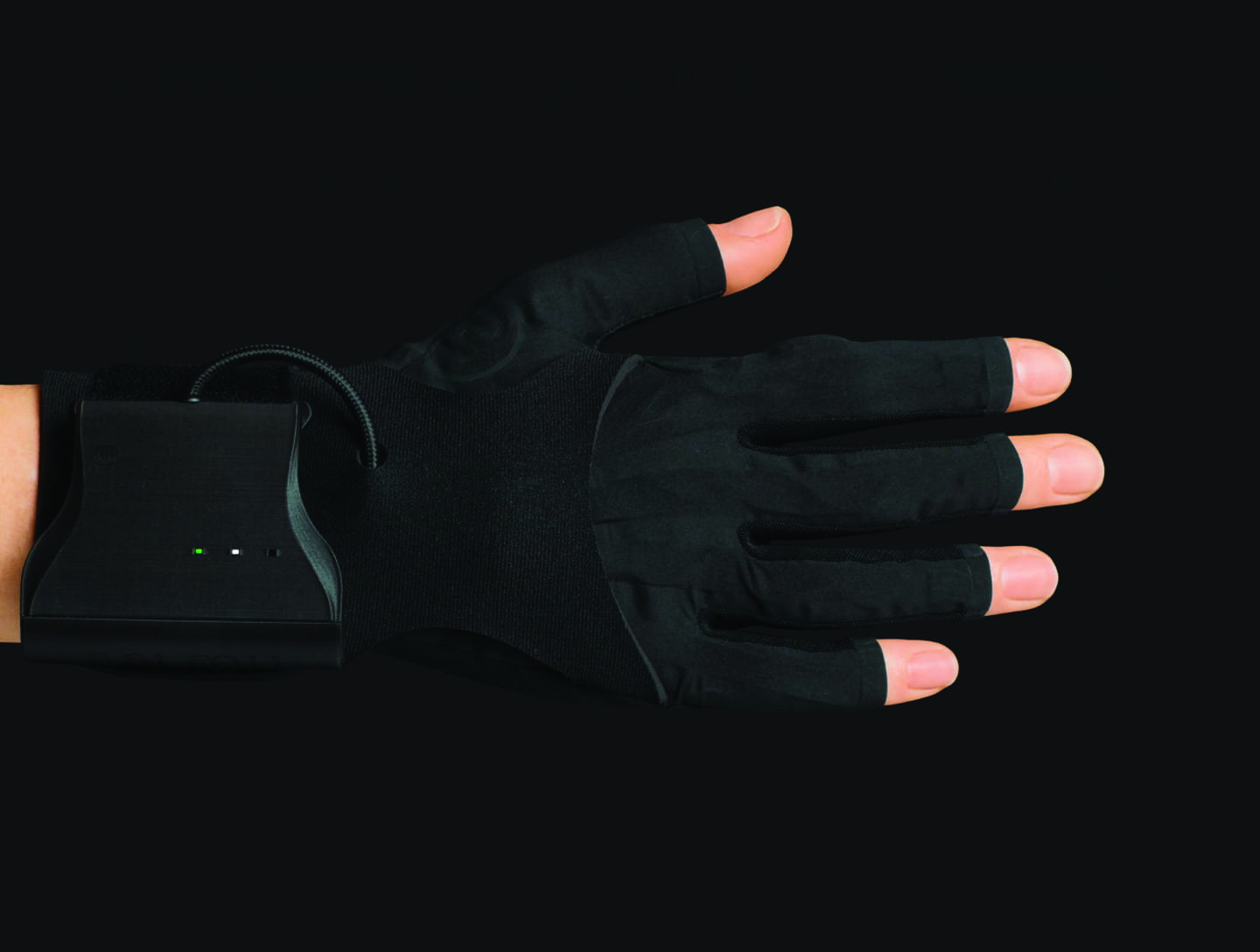Total control: how the latest MPE, touch and gesture controllers could revolutionize your music production
From squidgy keys to wearable rings, bounceable beat-makers and distance-sensing crystal balls, the array of unusual MIDI control options today is expanding exponentially

Expression and music have always gone hand-in-hand, and while the humble MIDI keyboard has served us well as the bedrock of our computer music infrastructure, even greater means to explore sounds are available now.
Scanning the range of MPE controllers, unusual wearable devices and real-instrument-aping performance tools, it’s becoming more clear that this manner of control will likely transform musical approaches over the next few decades. So, where exactly are we, and what can we expect?
From squidgy keys to wearable rings, bounceable beat-makers and distance-sensing crystal balls, the array of unusual MIDI control options today is expanding exponentially. With the ratification of the MIDI Polyphonic Expression (MPE) protocol in January 2018, the floodgates were well and truly opened to nuanced expression, and a new era of control was envisioned.
It’s not difficult to imagine a future where basic MIDI control is looked back upon as merely the first step on the road to a much wider assortment of music controller choices
For many, traditional software control has been the stable foundation on which to explore plugins, virtual instruments, soft synths and sample libraries, yet true human expression, akin to performing with a real instrument, has always been difficult to simulate. Mod- and pitch-bend wheels (coupled with automation) can be great creative assets, but are limited by their simple up/down nature as to what they can achieve, and how truly responsive you can be.
The central thrilling idea of single-notes being able to individually explore via numerous modulations and expressions, in a polyphonic context, is a field of exploration on which visionaries like Roger Linn (and his LinnStrument), ROLI, Keith McMillen Instruments and Sensel have established their reputations.
Alongside their astonishing innovations, we’ve also seen a gamut of enticing gear that has embraced multi-dimensional expressivity. In this feature we’ll swim through this ocean of dazzling devices and highlight those that could make the biggest difference to the way you make music.
While MPE is certainly an exciting avenue, there are also other routes to growing the ways in which you express yourself
While MPE is certainly an exciting avenue, there are also other routes to growing the ways in which you express yourself. Touchscreen tech is now more widespread than ever, and can provide more natural integration into your workflow. We’ll also be delving into the range of wearable instruments, and instrument-adjacent MIDI controllers that enable you to feel like you’re performing your virtual instruments in the real world.
Want all the hottest music and gear news, reviews, deals, features and more, direct to your inbox? Sign up here.
It’s not difficult to imagine a future where basic MIDI control is looked back upon as merely the first step on the road to a much wider assortment of music controller choices, but before we sprint headlong into that vibrant future, let’s take stock and track the evolution of software control...
The history of deep control
As computer musicians, we can’t deny the fact that we’ve occasionally glanced across at our real-world instrument-toting colleagues with more than a whiff of envy. Sure, with our hefty plugin arsenals, sample libraries and pristine-sounding virtual instruments we can assemble astonishingly dense tracks and lush aural worlds.
As computer musicians, we can’t deny the fact that we’ve occasionally glanced across at our real-world instrument-toting colleagues with more than a whiff of envy
But the immediacy of say, an accomplished acoustic guitarist, picking up their instrument and immediately navigating their way around every possible nuance of a note, zoning in and becoming one with their instrument via the ability to deploy natural per-note vibrato, bending and feel-based expressiveness makes us more than a little dissatisfied with the basic up/down of our MIDI controller’s mod wheels.
To bridge this all-important gap between performer and music, greater emphasis on per-note articulation is required. Previously, if you had, say, wanted to apply some expressive pitch-bending on the root note of a chord, you would need to laboriously record the chord’s notes individually and apply bend to just the note needing the bend.
Not only is this more time consuming, but it’s a very detached way of emulating free-form expression. With the MIDI Polyphonic Expression (MPE) standard, each note becomes its own channel, with distinct parameter options even when played simultaneously with other notes.
While this doesn’t sound all that revolutionary, the end result grants the ability to get extremely versatile, feel-based reactions from your instrument, as it responds more in simpatico with how your hands are interacting with the keys.
Another dimension
To fathom the elaborate nature of directional control, it’s important to get a handle on how MIDI fundamentally operates. Originally conceived as a standardised means to link together electronic instruments back in the early 1980s, MIDI communicates digital information relating to the inputs on your MIDI keyboard or instruments.
Initially targeted at linking standalone digital instruments, MIDI would grow into the default means of controlling virtual instruments once home production became feasible.
Initially targeted at linking standalone digital instruments, MIDI would grow into the default means of controlling virtual instruments
Atari were among the first to harness a MIDI interface as standard in their ST computers way back in 1985. From that point onwards, MIDI would allow generations of computer musicians the means to program and perform their music, albeit lacking the fine control that ‘real’ musicians had over their instruments.
While dissatisfaction with MIDI’s shortcomings had been rumbling since the late 1980s, it wasn’t until the mid-2010s that people first became aware of MIDI’s expression potential, thanks to MPE.
While MIDI can apply channel-wide messages (such as modulation and pitch bend) to all the notes currently being played on a keyboard, MPE allows up to five dimensions of control for each single note, allowing complete navigation of its aural universe. It’s for this reason that a standard MIDI keyboard just isn’t going to cut it in the MPE domain.

To that end, an array of vibrant controllers and instruments have been purpose built to get the best out of the multi-dimensional opportunities that MPE presents. At the vanguard of the charge has been ROLI, with their squidgy-keyed Seaboard and the snap-together Blocks devices, and Roger Linn Design’s futuristic and innovative LinnStrument.
The LinnStrument mirrors the uniform semitone spacing of real instruments, allowing for realistic glides and vibrato. Then there’s the futuristic Joué Play and its various interchangeable pads, allowing one simple touch surface to be the hub of your physical performance.
As with any real-world instrument, these options require some degree of learning to use to their best, but the sonic rewards are undoubtedly much wider.
World in motion
Though MPE has undoubtedly triggered an influx of new creative control concepts, there’s also been an upswing in more off-the-wall approaches to standard MIDI control over the last few years.
Take the Wave Ring from Genki Instruments, a wearable ring that can manipulate modulation effects and control-assigned CC values by gesture, rotation, tilt, panning and more. This type of thing might be something you’d rather use behind closed doors, but when it comes to such elements as reverb, vibrato, sample triggering and pure performance, getting those arms and hands moving in a totally different way will lead you down paths a conventional approach wouldn’t.
Then there’s the likes of Artiphon and their strum-able Instrument 1, allowing an adaptable real-world way-in to your music (and resembling something the Star Wars cantina band would likely be wielding), with presets for all major acoustic instruments.

Prior to the rise of MPE (and a major inspiration on Roger Linn’s development of the LinnStrument) came the Haken Continuum Fingerboard. First released in 1999, a distinctive felt red and black neoprene control surface allowed natural glides between notes and expressive performance control, with up to three dimensions of control.
The Continuum Fingerboard worked by feeding constant data to its internal engine, corresponding to finger position and pressure, across a musical range totalling 9350 cents. Far more control was therefore at the fingertips than had previously been dreamed.
Haken still produce the Continuum Fingerboard, and there are many adept players of the instrument around the world. There’s even now a slimline version (the ContinuuMini). Its legacy, as one of the most high profile forerunners of MPE, ensures it’ll live long in the annals of music technology.

In contrast, MPE’s five control dimensions encompass the strike velocity, the release velocity and the horizontal movement (X), vertical movement (Y), as well as the finger pressure (Z). All of which, when snapped MIDI CC, and used to modulate parameters such as volume, LFO, resonance or processing, can make sound design a much more organic process.
Think of your new controller as more of an instrument than an accessory
But to really get the best from an MPE controller, the best approach is not to view it as simply a glorified mod wheel, and instead work to enmesh your performance approach with its hyper-sensitive pads and surface, learning to think of your new controller as more of an instrument than an accessory.
So, if you’ve yet to take the plunge into the world of weird and wonderful alternatives to standard MIDI keyboard control, then over the course of this feature we’ll hopefully convince you that expressive controllers can wholly re-shape how you think about crafting and recording your music, as well as indicate new routes for experimentation and creativity.
The weird and wonderful
Weird controllers can be a hoot to use, and more importantly can completely upturn our typical approaches to music-making, particularly if we’re starting to feel they’ve gone a tad stale. But some controllers do exceed perhaps the frontiers of how ‘weird’ we’re prepared to get.

Take the AlphaSphere, a mechanical ball with numerous circular touchpads that detect pressure, velocity and position. Writing music with this thing might be fruitful, but it’s all but guaranteed to make you feel more than a little ‘wizardy’.
Speaking of which, Mi.Mu gloves – launched by Imogen Heap – are wearable gloves that interpret your hand movement in a variety of ways, with a motion tracker, flex sensors on the fingers and haptic motors that give feel-based feedback. To use them effectively requires some serious arm and hand movement.



Computer Music magazine is the world’s best selling publication dedicated solely to making great music with your Mac or PC computer. Each issue it brings its lucky readers the best in cutting-edge tutorials, need-to-know, expert software reviews and even all the tools you actually need to make great music today, courtesy of our legendary CM Plugin Suite.
